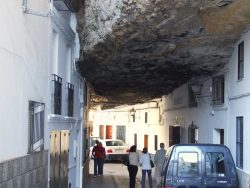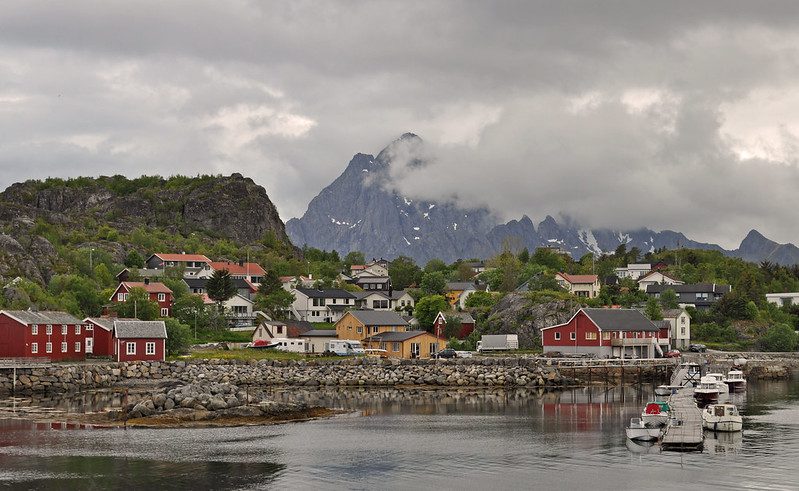 Europe’s wild islands offer a fascinating glimpse into the diverse ecosystems and unique species that thrive in these remote locations. From the volcanic Canary Islands to the pristine beaches of Porto Santo, Wild Islands Europe provides nature lovers with an unparalleled opportunity to explore some of the continent’s most untouched landscapes.
Europe’s wild islands offer a fascinating glimpse into the diverse ecosystems and unique species that thrive in these remote locations. From the volcanic Canary Islands to the pristine beaches of Porto Santo, Wild Islands Europe provides nature lovers with an unparalleled opportunity to explore some of the continent’s most untouched landscapes.
In this blog post, we will delve into the formation of these stunning islands, examining how dormant volcanoes and bird populations have shaped their habitats. We’ll also discuss marine life surrounding these wild islands, including blue shark hunting grounds and false killer whale diving habits.
As we venture further into our exploration of Wild Islands Europe, you can expect to learn about seasonal changes and migratory patterns that affect European eels’ adaptability and common terns feeding their chicks amidst churning waters. Finally, prepare to be amazed by unique creatures such as moray eels cleaning cavern floors or ruddy turnstones digging for fresh food – all thriving within Europe’s wild island environments.
The Formation of Europe’s Wild Islands
Deep in the Atlantic, new islands are slowly forming alongside the ancient peaks of the Azores. Volcanoes pierced the surface eight million years ago, and now most lie dormant with water-filled craters. These volcanic islands create a rich habitat for over 1,500 species both above and below water.
The Role of Birds in seeding island jungles
Birds play a crucial role in shaping these wild European islands by dispersing seeds from one place to another. They consume fruits containing seeds and later excrete them while flying or resting on trees, thereby contributing to forest growth and diversity across different regions within these islands. This process not only enriches flora but also provides food sources for other animals inhabiting these ecosystems. Learn more about how birds help plants grow here.
Dormant volcanoes create diverse habitats.
While many of the volcanoes that formed Europe’s wild islands have become dormant over time, their impact on local ecosystems remains significant even today. Dormant volcanic landscapes provide unique environments such as lava tubes, fertile soils enriched by ash deposits, and crater lakes teeming with life forms adapted to this unusual setting.
- Lava Tubes: These underground tunnels, formed by flowing lava, provide shelter for various species of bats and insects.
- Fertile Soils: Volcanic ash deposits create nutrient-rich soils that support lush vegetation growth and diverse plant life on these islands.
- Crater Lakes: The water-filled craters left behind by dormant volcanoes serve as habitats for unique aquatic ecosystems with a variety of fish and other marine creatures thriving in them. Discover more about crater lakes here.
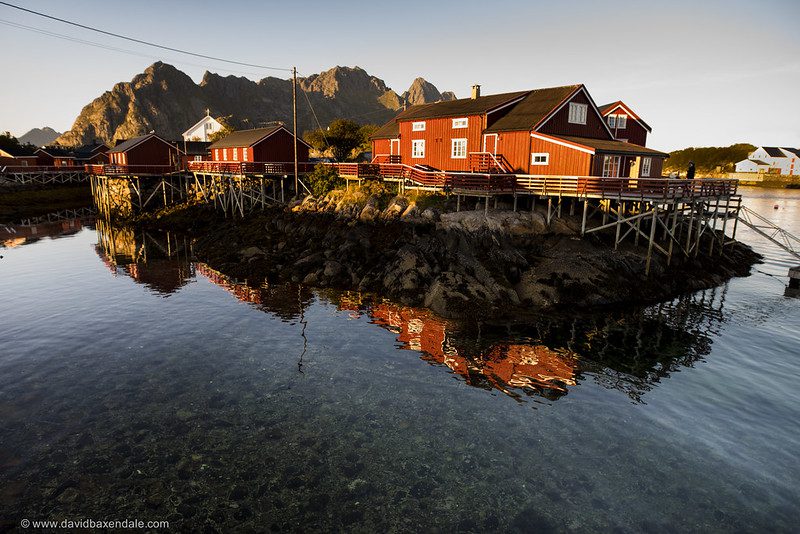
In conclusion, the formation of Europe’s wild islands has resulted from a combination of volcanic activity and natural processes like seed dispersal by birds. The diverse habitats of these wild islands, shaped by a mix of volcanic activity and natural processes, provide refuge for an array of unique species. Explore further into the fascinating world of nature at TimsWWW.
The formation of Europe’s wild isles has spawned some of the most exquisite and varied habitats on our planet. Marine life around these remote locations is just as impressive, with many species unique to this region.
Key Takeaway:
Europe’s wild islands were formed by volcanic activity and are home to over 1,500 species. Birds play a crucial role in shaping these islands by dispersing seeds, while dormant volcanoes provide unique environments such as lava tubes, fertile soils enriched by ash deposits, and crater lakes teeming with life forms adapted to this unusual setting.
Marine Life Around Europe’s Wild Islands
The waters surrounding the magnificent wild islands of Europe are teeming with life as giants of the sea congregate to feast on microscopic plankton. With over 530 fish species inhabiting reef ledges and underwater cliffs, these islands offer an ideal location for marine enthusiasts to explore and observe a diverse range of aquatic creatures.
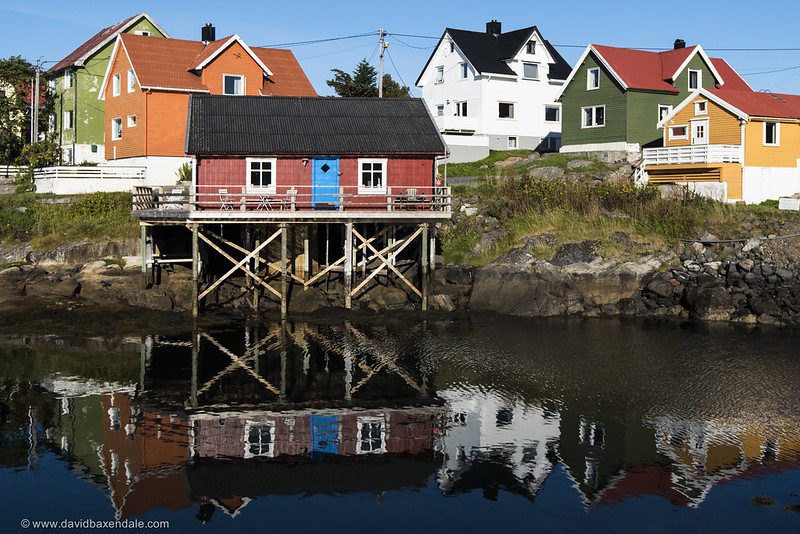
Blue Shark Hunting Grounds
Blue sharks are known to patrol channels between these wild islands in search of their next meal. These sleek predators can grow up to 12 feet long and have been observed hunting in packs or individually, depending on prey availability. Their presence not only adds excitement for divers but also plays a crucial role in maintaining balance within the marine ecosystem.
False Killer Whale Diving Habits
A lesser-known inhabitant of European wild island waters is the false killer whale. Despite its deceptive name, the false killer whale is actually a member of the dolphin family and exhibits many traits similar to those of its well-known relative – the orca. Known for their deep diving habits, false killer whales can reach depths exceeding 500 meters while searching for food, such as squid and large fish.
Diverse Fish Species, Including Damselfish, Grouper, And Barred Hogfish
- Damselfish: Found among coral reefs around Europe’s wild islands, damselfish come in various colors and sizes. They play a vital role in maintaining healthy coral by feeding on algae that could otherwise smother it.
- Grouper: These large, slow-moving fish are known for their ability to change color and blend in with their surroundings. Groupers can be found lurking near rocky outcrops or hiding in caves, waiting to ambush unsuspecting prey.
- Barred Hogfish: Sporting a distinctive pattern of vertical bars across its body, the barred hogfish is an omnivorous species that feeds on small crustaceans and algae. They can often be seen grazing along the seafloor around Europe’s wild islands.
Amid the varied marine life to be found in Europe’s untamed isles, one may spot sea turtles, octopuses, and different types of rays. With so much biodiversity beneath the surface, it’s no wonder that these locations have become a haven for nature lovers and underwater adventurers alike.
Marine life around Europe’s wild islands is an ever-changing, vibrant ecosystem that serves as a refuge for many species. As the seasons change and migratory patterns shift, new opportunities arise to observe fascinating behaviors in these unique habitats.
Key Takeaway:
Europe’s wild islands are home to a diverse range of marine life, including blue sharks and false killer whales. Visitors can observe over 530 fish species, such as damselfish, grouper, and barred hogfish, while exploring the waters surrounding these islands. These locations have become a haven for nature lovers and underwater adventurers alike due to their rich biodiversity beneath the surface.
Greek Islands
If you’re a nature lover, the Greek islands are an ideal destination for you. With their crystal-clear waters and stunning beaches, these islands offer a unique opportunity to experience some of Europe’s most beautiful natural landscapes.
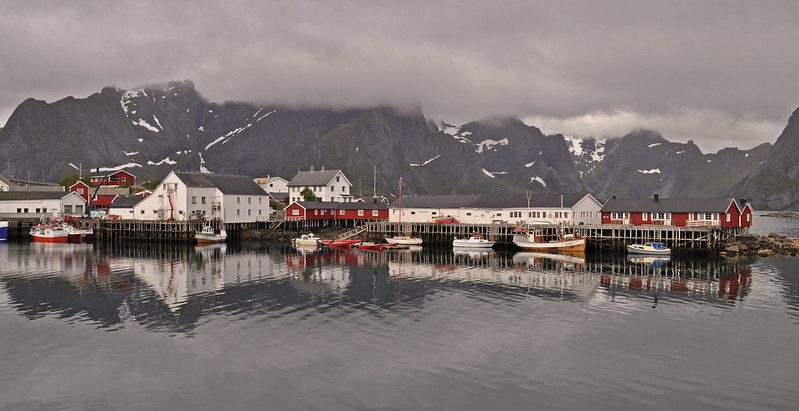
Remote Islands and Pristine Beaches
The Greek islands boast some of the most remote and unspoiled areas in Europe. From secluded coves to hidden bays, there are plenty of opportunities to escape mass tourism and enjoy the peace and quiet that comes with being surrounded by nature.
- Mykonos Island
- Ios Island
Lofoten Islands: A Protected Nature Park
One of Greece’s largest island groups is Lofoten which offers visitors breathtaking sea views as well as protected national parks such as Samaria Gorge on Crete or Mount Olympus National Park, located near Thessaloniki city center, making it perfect for hiking enthusiasts looking for adventure!
Main Towns And Late Summer Getaways
The main town on many Greek islands offers visitors more than just sun, sea, and sand. You can enjoy a range of cultural experiences, such as museums, galleries, or traditional markets.
For those looking for a late summer getaway, the Greek islands are perfect destinations, with temperatures still warm enough to swim in the sea well into October!
Lofoten Islands: A Paradise for Nature Lovers
The Lofoten Islands, located in northern Norway, is a breathtaking destination that should be on every nature lover’s bucket list. With their pristine beaches and protected nature parks, the islands offer an unparalleled experience of untouched natural beauty.
Remote Islands with Pristine Beaches
The Lofoten Islands consist of several remote islands that boast some of the most beautiful beaches in Europe. The white sandy beaches with crystal clear waters provide visitors with a perfect spot to relax and soak up the sun while enjoying sea views like no other place on earth.
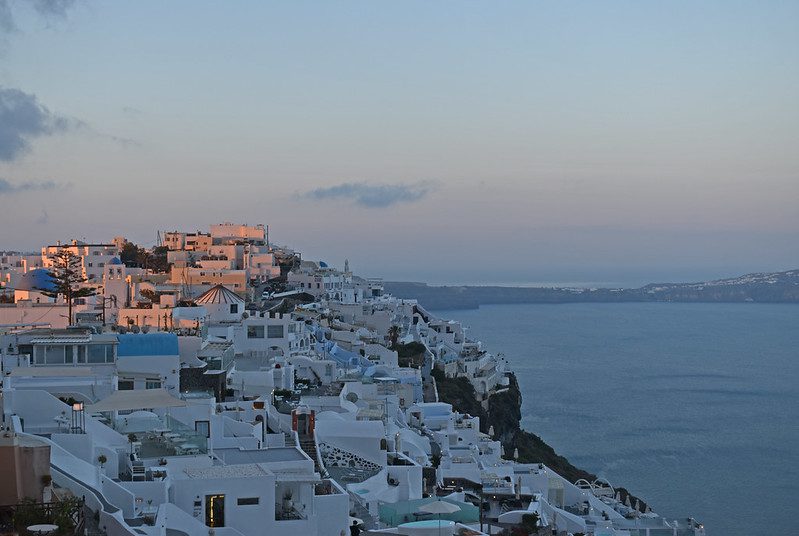
- Lofotodden National Park: This park is one of the best-preserved wilderness areas in Norway and offers hiking trails through rugged terrain and stunning landscapes.
- Laupstad Beach: This secluded beach is ideal for those who want to escape mass tourism and enjoy a quiet day at the beach surrounded by mountains rising from the sea.
A Protected Nature Park
The main town on Lofoten Island is Svolvær, which serves as an excellent base camp for exploring this archipelago. From here, you can explore Vesterålen or visit Reinebringen’s viewpoint to get panoramic views over Moskenesøya island. You can also take part in many activities such as kayaking tours or fishing trips where you will have close encounters with marine wildlife such as whales or seals.
If you’re looking for a unique experience, head to the island of Røst, where you can see one of Norway’s largest seabird colonies. The bird cliffs are home to over 500,000 birds and offer an unforgettable sight.
Best Time to Visit Lofoten Islands
The best time to visit the Lofoten Islands is in late summer when the weather is mild and stable, with temperatures ranging from 10-20°C. This period also offers visitors long daylight hours, allowing them more time for outdoor activities such as hiking or kayaking.
If you’re a nature lover seeking adventure, then the Lofoten Islands should be on your travel list. With their pristine beaches, protected nature parks, and unique wildlife encounters, it’s no wonder why this archipelago has become a popular destination among travelers around the world.
Seasonal Changes & Migratory Patterns
The dynamic environment of Europe’s wild islands is characterized by frequent weather changes, often experiencing up to four seasons in a single day. This unique climate attracts various migratory animals that travel great distances to take advantage of the rich resources found around these islands.
European Eels’ Adaptability to Saltwater or Freshwater Environments
European eels (Anguilla Anguilla) are remarkable creatures known for their adaptability. They can survive and thrive in both saltwater and freshwater environments, making them well-suited for life around Europe’s wild islands. European eels begin their lives as larvae in the Sargasso Sea before embarking on an incredible journey across the Atlantic Ocean toward European coasts. Once they reach freshwaters, they transform into glass eels and eventually mature into yellow eels before returning back to the Sargasso Sea for spawning.

Common Terns Feeding Chicks Amidst Churning Waters
The breeding season brings about a flurry of activity among common terns (Sterna hirundo), which nest along rocky shores and cliffs throughout Europe’s wild islands. These agile birds expertly navigate churning waters while diving at high speeds to catch fish for themselves and their chicks. The abundance of food sources available near these island habitats ensures that common tern populations remain healthy despite facing numerous challenges, such as habitat loss and human disturbance.
Humpback Whales, Fin Whales, and Baleen Whales: Migratory Giants of the Sea
Europe’s wild islands serve as important waypoints for several species of whales during their annual migrations. Humpback whales (Megaptera novaeangliae), fin whales (Balaenoptera physalus), and other baleen whale species travel between Arctic feeding grounds and subtropical breeding areas each year. As they pass through these island regions, they leave behind excreta that enriches the surrounding waters with nutrients essential for supporting diverse marine ecosystems.
The seasonal changes and migratory patterns observed around Europe’s wild islands offer nature lovers a unique opportunity to witness some of Earth’s most fascinating creatures in action. From adaptable European eels to majestic humpback whales, these dynamic environments provide vital habitats for countless animal species throughout the year.
The seasonal changes and migratory patterns of the European eels, common terns, and other species are fascinating to observe. Unique creatures found amongst Europe’s wild islands offer an even more captivating glimpse into nature’s wonders.
Key Takeaway:
Europe’s wild islands are characterized by frequent weather changes and attract various migratory animals. These islands serve as vital habitats for numerous animal species, including adaptable European eels, agile common terns, and majestic humpback whales that leave behind excreta to enrich the surrounding waters with nutrients essential for supporting diverse marine ecosystems.
Unique Creatures Found Amongst Europes Wild Islands
The unique conditions found within the regions of Europe’s wild islands have allowed numerous fascinating creatures to thrive. From venomous buried anemones deep beneath soft coral gardens to Guinean pufferfish confidently displaying their vibrant colors without fear near rocky shores, these islands are a treasure trove for nature lovers.
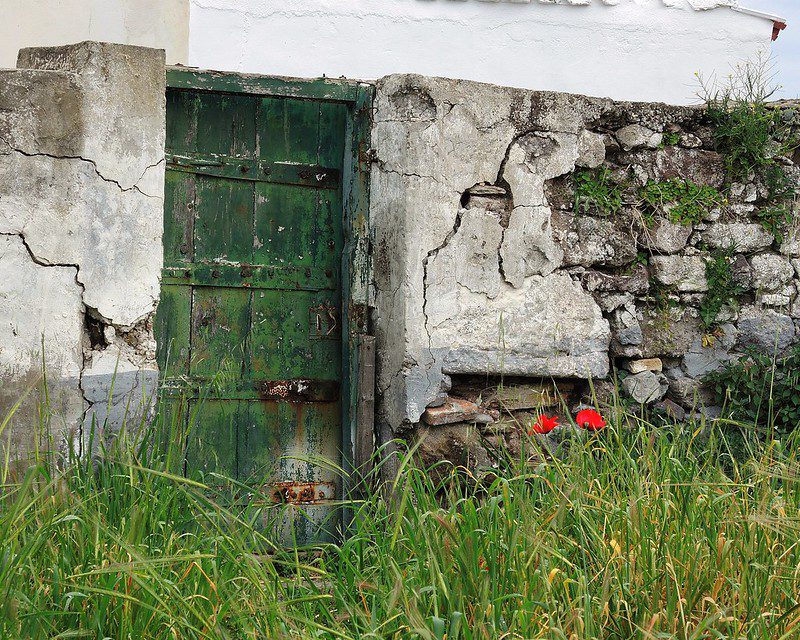
Moray Eel Cleaning Cavern Floors
Moray eels, with their snake-like bodies and sharp teeth, can be found lurking in underwater caverns amongst Europe’s wild islands. These nocturnal predators keep the ecosystem balanced by feeding on smaller fish and crustaceans that inhabit the cavern floors. Their presence is vital in maintaining healthy marine environments around these pristine locations.
Ruddy Turnstone Digging for Fresh Food
A common sight along the shorelines of Europe’s wild islands is the Ruddy turnstone. This small wading bird uses its strong beak to flip over stones and seaweed in search of insects, mollusks, and other tasty morsels hidden underneath. With their distinctive black-and-white plumage, Ruddy turnstones add a touch of elegance as they tirelessly scour beaches for sustenance.
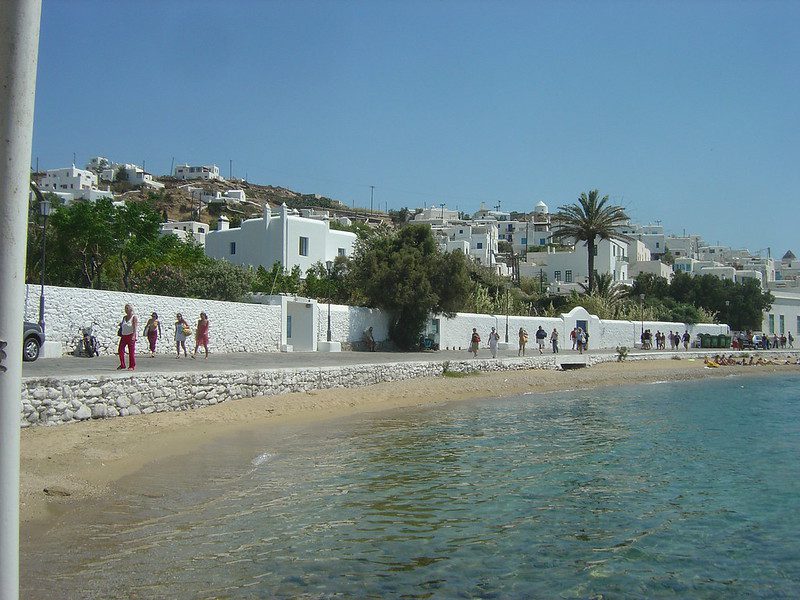
Portuguese Man O’ War and Its Complex Colonial Structure
The waters surrounding Europe’s wild islands are also home to one of nature’s most intriguing organisms: the Portuguese man of war. The Portuguese man of war is composed of many organisms known as zooids, working in tandem to create a single entity. With its vibrant blue and purple hues, the Portuguese man o’ war is as beautiful as it is deadly – its tentacles contain venomous cells capable of delivering painful stings to unsuspecting swimmers.
Loggerhead Sea Turtles Feasting on Comb Jellies
Last but not least, the waters around Europe’s wild islands provide an important feeding ground for loggerhead sea turtles. These endangered reptiles travel thousands of miles across oceans in search of food sources such as comb jellies. The loggerheads play a crucial role in controlling jelly populations and maintaining balance within these delicate ecosystems.
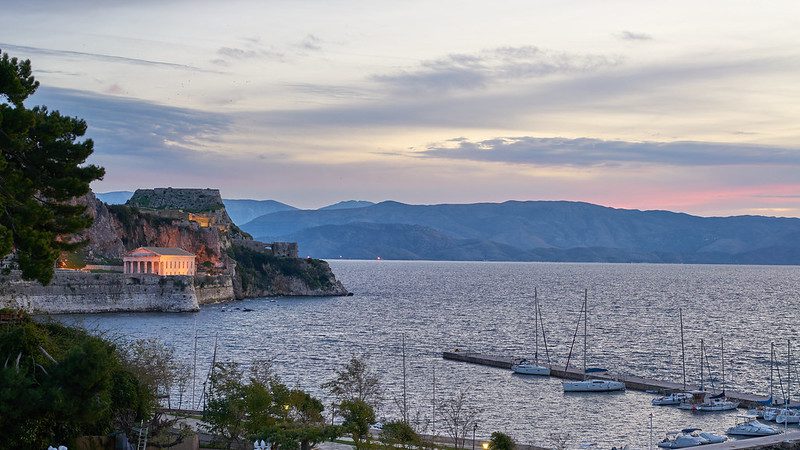
In exploring Europe’s wild islands, you’ll encounter an array of unique creatures that have adapted to thrive in these diverse habitats. From fearsome moray eels lurking in underwater caverns to elegant Ruddy turnstones scouring shorelines for hidden morsels, each species contributes something special to their environment – making these locations truly extraordinary destinations for nature enthusiasts.
Key Takeaway:
Europe’s wild islands are home to a diverse range of unique creatures that have adapted to thrive in their habitats. From the venomous Portuguese man o’ war with its complex colonial structure to loggerhead sea turtles feasting on comb jellies, each species plays an important role in maintaining balance within these delicate ecosystems. These islands offer nature enthusiasts extraordinary destinations where they can encounter fascinating wildlife such as moray eels and Ruddy turnstones.
Conclusion
Europe’s wild isles present an unparalleled and multifarious habitat for a plethora of wildlife, vegetation, and other organisms. From the formation of these remote locations to the seasonal changes in weather patterns, there is much to explore when it comes to discovering what makes these wild islands in Europe so special. With careful observation and exploration of this untouched landscape, one can witness firsthand some of nature’s most extraordinary creatures as well as its stunning beauty.







































